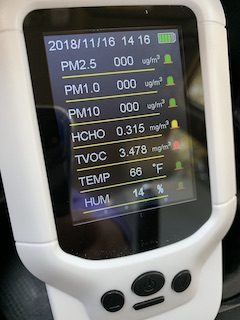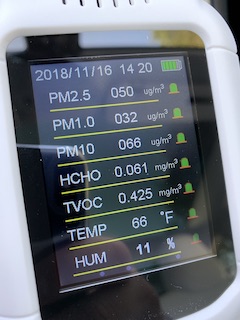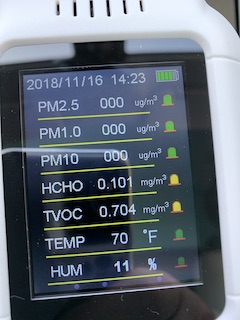Incredulocious
LEAF → RAV4EV → Model 3 → Model Y
I did see this this morning on Teslarati, a San Francisco bay Model X owner using Bio-Defense Weapon setting on his MX and taking readings in and out of his car. Wish someone had something to measure the Model 3 and give us an idea of the filter effectiveness in our cars. Having driven thru some forest fire smoky areas last year in our MS, totally believe his readings. I was disappointed to read the Model 3 wouldn't come with it.
Tesla's 'Bioweapon Defense Mode' is proving invaluable to owners affected by CA wildfires
I did a test today with my Model 3 and an air quality sensor. With the PM2.5 sensor reading 150 ug/m^3 (unhealthy) this afternoon in the San Jose area (due to smoke from the Camp fire (Paradise, CA)), I found that the Model 3's air filter would bring things down to the 20's in the cabin in just a few minutes when recycle was turned on.
Later, I stopped and made a video to record it falling from 135 to 5 ug/m^3 in less than 10 minutes. It climbed back up to the 80's pretty quickly though when I turned off recycle air and let it bring in fresh air.








